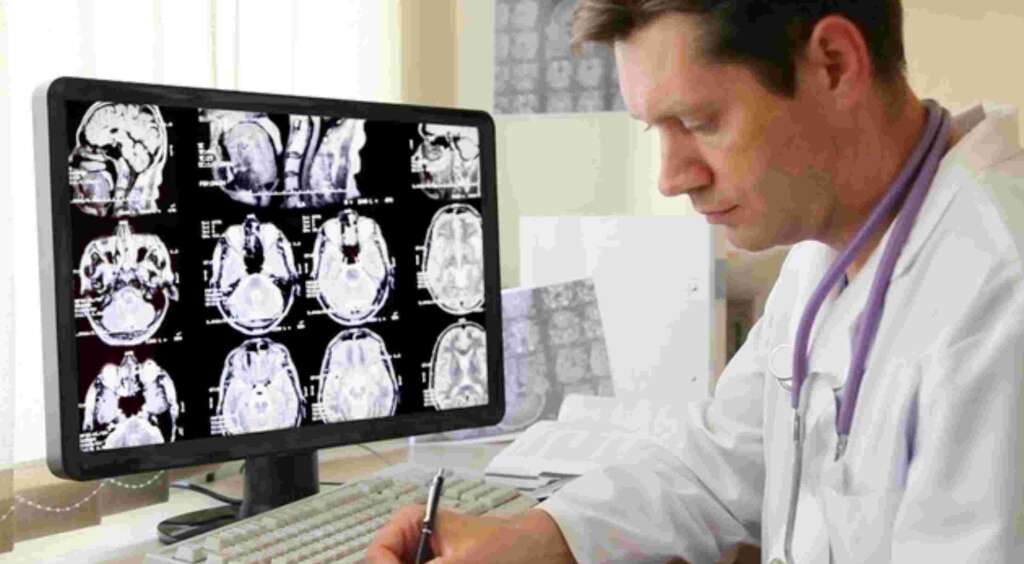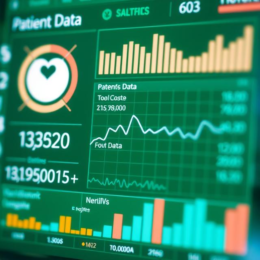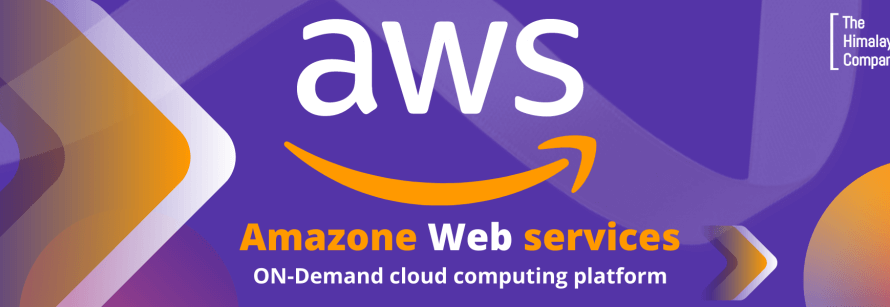The future of Medical Transcription is here! Want to know why I’m so sure about it? Continue reading.
Since ancient times, documentation is always part of medical treatment because doctors need to write their conclusions to do more research, which aims to solve unprecedented medical challenges and conditions. In other words, the documentation process is important when treating someone in history and in every society at all times. In addition, error-free documentation was considered fundamental in medical documentation as it decides whether a person lives or dies. Medical documentation has seen a revolution with the advent of Electronic Health Records (EHRS) since the 1960s.
But we never paid much attention to this until the US Health and Human Services Department (HHS) passed the Health Insurance Portability and Accountability Act (HIPAA) in 1996. The Act, while handling the medical record, implemented high-level security and privacy. In addition, the Act introduced the prescribed punishment for those who did not follow these rules. It was a significant twist for health organizations to move to EHRS, and it was just the beginning.
In recent years, the integration of Artificial Intelligence (AI) in Healthcare has revolutionized the way medical scripting is organized. This change has greatly affected the efficiency and accuracy of medical documentation, making patient care improvement and streamlined workflows. In this blog post, we will make a attractive journey in the AI world in Healthcare and find out how it is changing the scenario of medical scribes. We will also address some thought-respective questions, such as AI will handle the developed role of AI for doctors in the medical scribe and medical fields.
Table of Contents
What do you think – Will AI replace Human scribes?

For some specialties, speech recognition has already taken over for human transcriptionists. Doctors have been using speech recognition for at least the last ten years (probably long). These are not a perfectly A-able system, although progress is being made to improve speech recognition.
“If you have already not gone to the doctor’s office and someone has used your phone to take your notes, I think, it’s coming,” says Sari Altschular, founding director of the Health, Humanities and Society Program at Northeastern University. There are over 90 different companies, she says, marketing her own AI medical scriptures, or software applications that promise to free health care workers from taking notes and make more time to participate in patients’ concerns. So the question is will AI replace human scribes?
Emergence of AI Medical Scribes
Artificial Intelligence Medical Scribes are engineer software solutions to assist healthcare providers in documentation of patients’ encounters. These AI systems avail natural language processing (NLP) and machine learning algorithms to move and organize clinical notes efficiently. By automating documentation works, the purpose of AI Medical Scribes is to reduce the administrative burden on physicians, allowing them to focus more on the care of the patient.
Actual Enhancement
One of the primary benefits of AI Medical Scribes has their ability to increase efficiency and accuracy in documentation. Unlike human scribes, the AI systems process rapidly large amounts of information and generate broad notes in real time. In addition, these digital assistants are not susceptible to fatigue or human error, reducing the risk of inaccuracy in medical records. Taking advantage of AI technology, healthcare provider are easily able to accelerate the documentation process and ensure the integrity of patients data.
What’s in the store for Medical scribes?
As AI (Artificial Intelligence) continues to grow, as per my perspective, the role of medical scribes will definitely go through change. While there are some fear that AI will observe human scribes, others believe that technology will be complementary rather than changing human participation in healthcare. Instead of completely displacing medical scribe jobs, AI healthcare serves as a tool to increase the capabilities of professionals. Human scribes are able to focus on tasks that require mutual skills and important thinking, while AI handles regular administrative duties.
Benefits of AI Medical scribes that state the future of Medical Transcription
a. Faster, Accurate Transcription
AI-powered tools transcribe spoken doctor-patient conversations quickly and accurately. Unlike manual scribes who might miss details or take longer to complete notes, AI listens and converts speech into clear, structured text in real time. This improves documentation speed and reduces the chances of errors, helping doctors save time while maintaining reliable patient records. It ensures that no important detail is lost and that every interaction is captured with high precision.
b. Understands Medical Terminology
AI systems are trained to recognize and interpret complex medical terms and abbreviations. Whether it’s common symptoms or rare conditions, AI understands the language doctors use, ensuring the notes are medically accurate. This reduces the risk of confusion or miscommunication in patient records. By accurately capturing jargon, AI helps create documentation that other healthcare providers rely on for continued care or future reference.

c. Auto suggest Medical codes
AI recommends correct diagnosis and procedure codes based on what was said during the consultation. This simplifies the coding process, reduces manual work, and helps ensure that documentation aligns with insurance requirements. Automated code suggestions minimize billing errors and speed up reimbursements. It also ensures consistency across records, which is crucial for audits, reporting, and long-term care planning.
d. Real-time note organization
The future of Medical Transcription holds immense potential. Instead of updating notes after the appointment, AI captures and organizes important information instantly during the visit. It can sort details like symptoms, medical history, medications, and instructions into structured formats. This real-time documentation helps doctors access critical data faster, reducing delays and improving decision-making. It also lessens the need to revisit or edit notes later, making the workflow more efficient.
e. Reduces Admin time
With AI handling note-taking and record updates, healthcare providers spend less time on documentation and more time with patients. This is the future of Medical Transcription as it automates routine tasks that usually eat up hours after clinic hours. This streamlined process reduces workload, improves staff productivity, and lowers the chances of burnout. By simplifying day-to-day operations, AI helps practices run more smoothly and focus on what matters most patient care.
Takeway
Will AI replace medical scribes or will AI replace Human scribes?
The arrival of AI Medical Scribes represents a significant progress in healthcare technology. While these provide many benefits in terms of digital auxiliary efficiency and accuracy, they face challenges in the context of maintaining humanist aspects of patient care. Since the healthcare industry navigates the integration of AI, it is necessary to balance the benefit of technology to increase productivity and preserve human elements in the patient’s interaction. Finally, the future of medical scribe jobs is in synergy between artificial intelligence and human expertise, ensuring optimal patient care in the digital age.
The possible Future that AI Medical Scribe holds!
As AI technology keeps moving forward, the future of medical scribe looks promising. AI medical scripting solutions are expected to be more sophisticated, including natural language processing, machine learning and voice recognition to further enhance accuracy and efficiency. This progress will enable the AI system to interpret and document the patient with high level of accuracy, to reduce the burden on healthcare providers and improve the overall quality of medical records.
Additionally, AI medical scribe is likely to develop to support multi-modal inputs, such as images and clinical data, expanding its abilities beyond traditional text-based documents. As a result, healthcare professional AI expect that they will play a rapidly integral role in the facility of spontaneous and comprehensive patient data capture and analysis.
The future of AI Medical Scribes promises to further customize the healthcare workflows, increase the patient’s care and bring positive changes in the healthcare industry. Finally, the integration of AI in medical scribes has brought significant improvement in efficiency and accuracy. While concerns about the displacement of the job exist, the overall effect of AI on medical scribes is a positive, empowering health professionals to provide better patient care. As technology develops, cooperative relations between AI and Human Medicine Scribes will play an important role in shaping the future of healthcare documentation.



